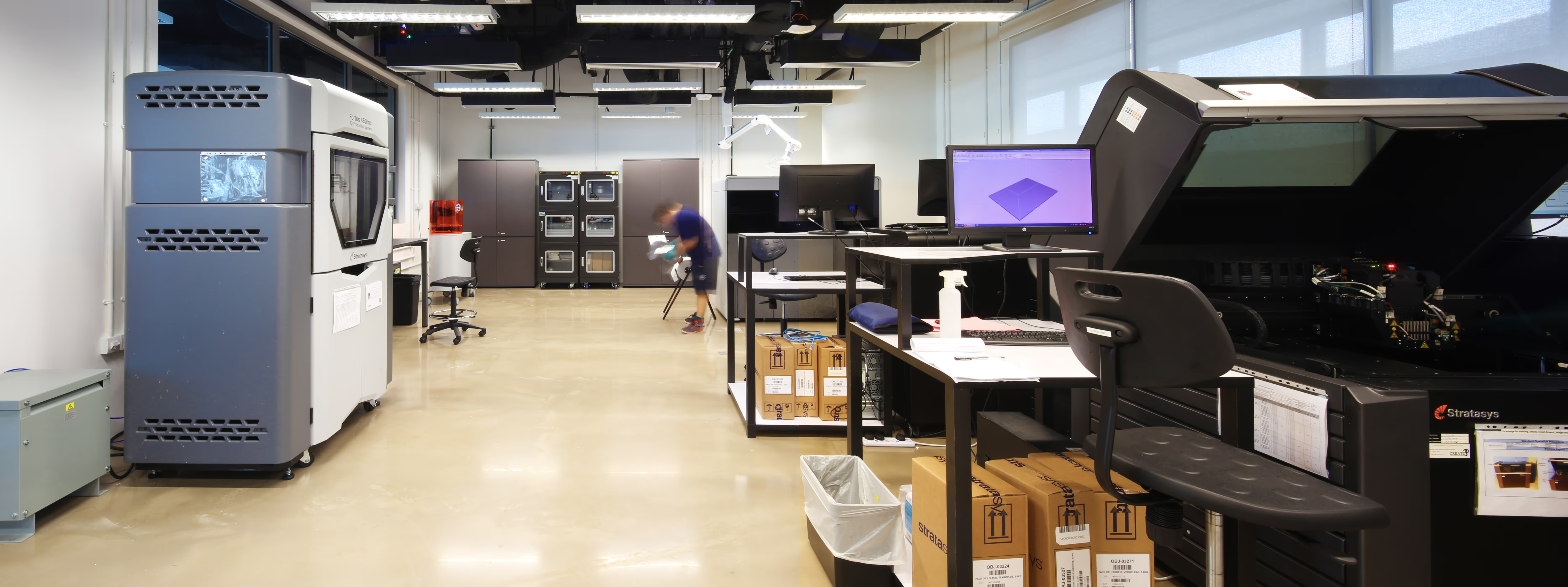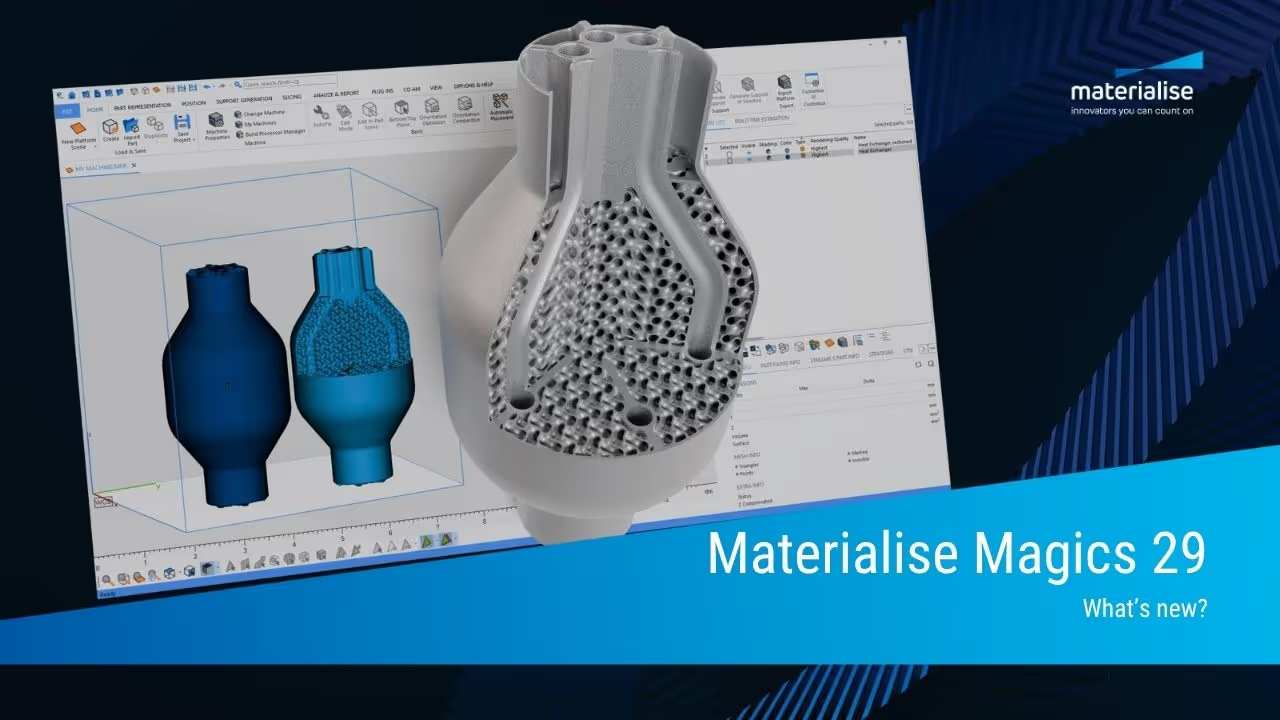Singapore’s First Bioprinter
Nanyang Technological University (NTU) is well known for its innovation, hosting contests like 3D-printed fashion and reinventing the abacus. But less widely known in 2014 was the launch of the Nanyang Additive Manufacturing Centre (NAMC), backed by Singapore’s Economic Development Board (EDB).
With an investment of S$30 million, NTU’s Additive Manufacturing Centre was set to open in May 2014. It would house the latest 3D printers – including Stratasys Objet machines – and Singapore’s first 3D bioprinter.
Made by Swiss firm regenHU, the bioprinter cost about S$1 million and was envisioned to provide life-saving tissues for transplant. Stem cells, proteins, and biological material are loaded into a bio-cartridge and printed layer by layer. This “bio-ink” fuses into living tissue.
“3D printing can help to best suit patients’ needs, producing the perfect fits for body parts and organs. The whole manufacturing process can be more cost-effective than conventional methods.” — Professor Chua Chee Kai, Centre Director
Prof Chua estimated that within 30 years, transplantable blood vessels and heart tissue might be available, and perhaps within 20 years for cardiac products. He emphasized Singapore’s need to grow a talent pool in this rapidly advancing field.
Stem cells had already been successfully printed at the time. Once bioscientists learn to guide stem cell differentiation into precise types (e.g., heart or liver cells), entire tissues and organs could be printed directly. Prof Chua had also pioneered biodegradable scaffolds for tissue engineering and even submitted a proposal for S$25 million to attempt printing a lung.
Another S$8 million was allocated for large-scale additive manufacturing in marine, offshore, automotive, and aerospace industries. Ultimately, Prof Chua hoped Singapore would gain the capability to print large industrial parts for cars and planes as well.
Nanyang Additive Manufacturing Centre (NAMC)
NAMC was designed to support both education and industry. It would offe
- PhD programs in Additive Manufacturin
- Specializations for Masters students in Precision Engineering, Mechanical Engineering, and Manufacturing System
- Independent undergraduate research via NTU’s URECA program
- Direct ties to industry projects to accelerate research-to-product development
The 300m2 centre focused on developing new software, materials, and applications. According to the NAMC site, research areas include
- Selective Laser Melting of aluminium, copper alloys, and high-purity silica for defense
- Hybrid manufacturing systems
- A fully automated 3D chocolate printer with viscosity and tempering controls, with future research into protein printing resembling meat
- Direct cell printing and biodegradable scaffolds for tissue engineering
Cooperation between bioscience and engineering — two of Singapore’s strengths — was expected to be key. If successful, the Republic could emerge as an important global centre for tissue and organ fabrication.





